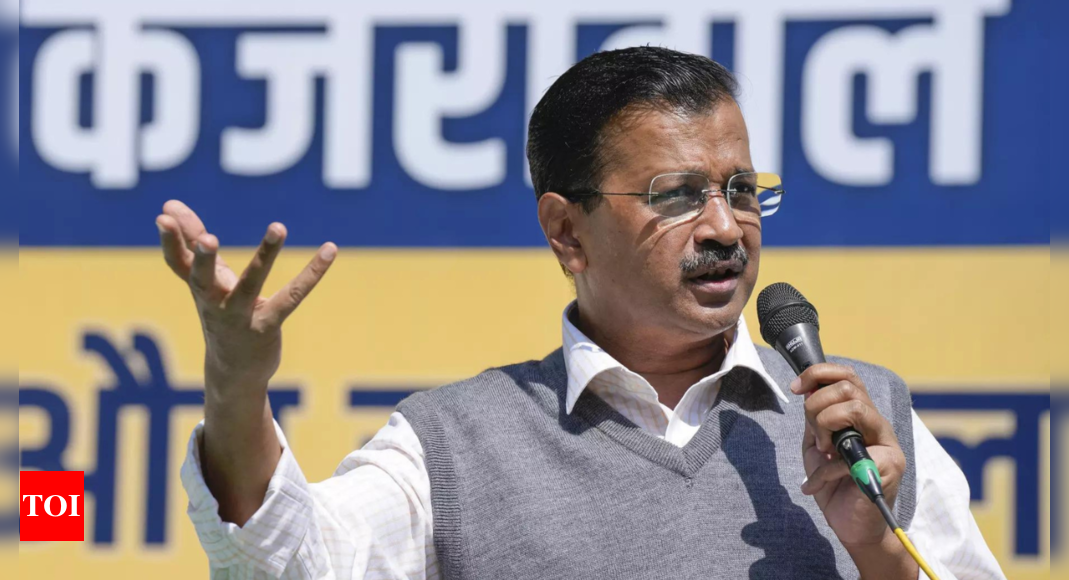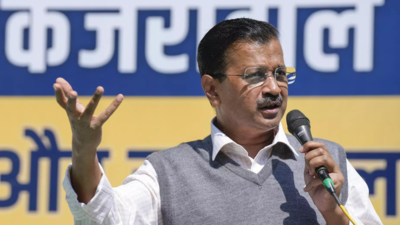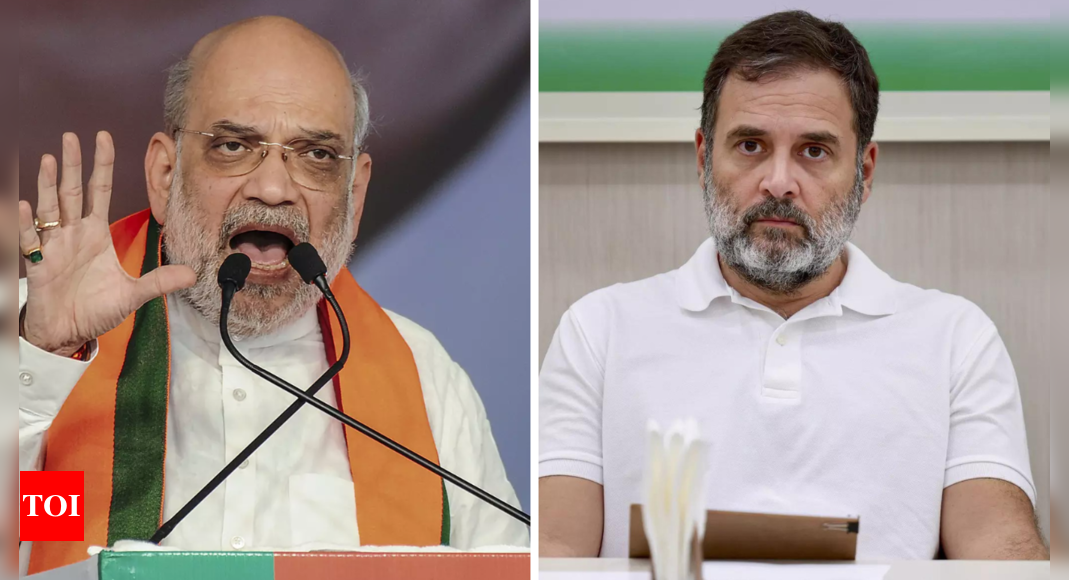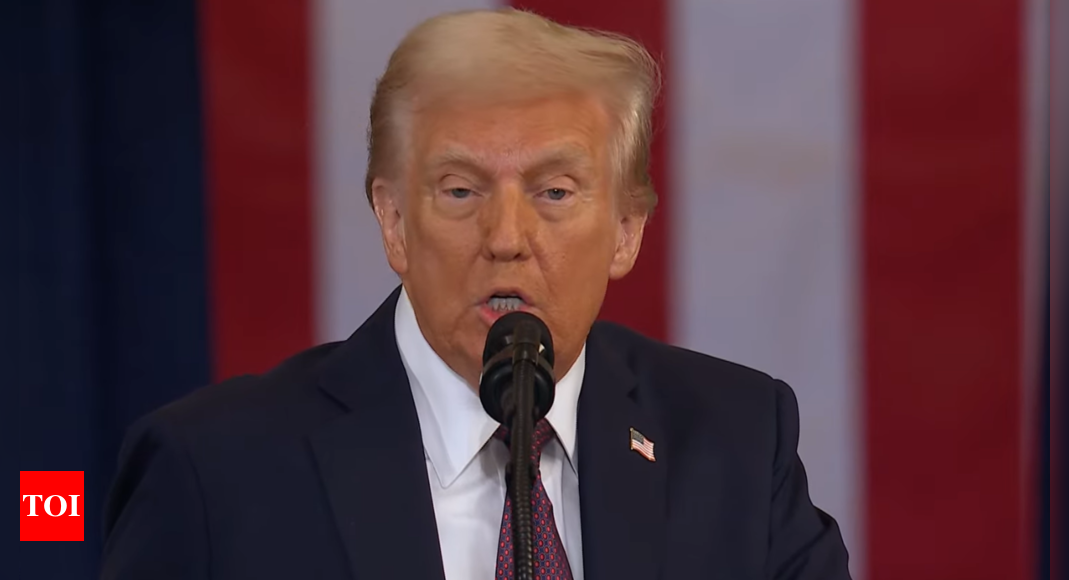NEW DELHI: In 2013, with a pen in his pocket, a muffler around his neck, loose sweater and blue WagonR, Arvind Kejriwal embodied the “aam aadmi” when he entered public life. His decision to name his political party after the “aam aadmi” resonated strongly with the public.
After twelve years, the aspirations of establishing a nationwide party and emerging as a national leader are diminishing for the civil servant-turned-activist who ventured into politics by establishing his own party rather than joining an existing one.
Delhi Election Results 2025
Follow live updates on Delhi election results
The Aam Aadmi Party, which governed Delhi for 10 consecutive years and established a government in Punjab, suffered defeat in the capital city’s election on Saturday, securing 22 seats whilst the BJP won 48.
In his statement, Kejriwal assured that AAP members would continue their social work, emphasising that politics was only a means to serve the people. However, his political future remains uncertain.
AAP’s setback and Kejriwal’s challenges
Kejriwal’s loss after a decade in power, coupled with the defeat of several AAP heavyweights, raises crucial questions about the party’s governance, strategy, and long-term vision. The AAP, which once held a brute majority in the Delhi assembly, now faces an existential crisis, struggling to maintain its relevance.
Adding to Kejriwal’s woes are multiple legal battles. He was jailed on corruption charges related to the now-scrapped Delhi excise policy and is currently out on bail. With ongoing investigations by the Enforcement Directorate (ED) and the Central Bureau of Investigation (CBI), Kejriwal’s legal troubles are far from over. If convicted in the money laundering case, he could face a minimum of seven years in prison.
Moreover, the Haryana government has filed a case against Kejriwal under the Disaster Management Act over his statement about “poison” in Yamuna water from Haryana. These legal entanglements make his political comeback even more challenging.
AAP’s uncertain future
Following the Delhi loss, AAP’s influence has been significantly curtailed. The party remains in power only in Punjab, and its expansion efforts in Gujarat, Madhya Pradesh, and Goa have yielded little success. With the party now leaderless in the Delhi assembly and its national ambitions derailed, AAP is at a crossroads.
For Kejriwal, the road ahead may require a return to his roots—street-style activism, which first propelled him to prominence during the Anna Hazare movement. However, his biggest challenge will be keeping his party intact. AAP, once a force driven by volunteers and grassroots support, now risks fragmentation in the absence of political power.
A shifting political landscape
Nationally, Congress may see AAP’s weakening as an opportunity to reclaim lost ground in Delhi and beyond. Kejriwal’s diminished political standing could also make him a less favored ally among opposition parties, further isolating him in national politics.
Speculation is already rife about Kejriwal potentially shifting focus to Punjab, where AAP still holds power. However, such a move could trigger further instability within the party and raise questions about its leadership structure.
What lies ahead?
Kejriwal’s immediate focus will likely be on his legal battles. His political fate hinges on whether he can clear his name and rebuild his credibility. Meanwhile, AAP must reassess its strategies and find a way to stay relevant in the evolving political landscape.
For now, both Kejriwal and AAP face their most challenging phase yet—navigating a period of political uncertainty, internal churn, and legal hurdles that could define their future trajectory.




